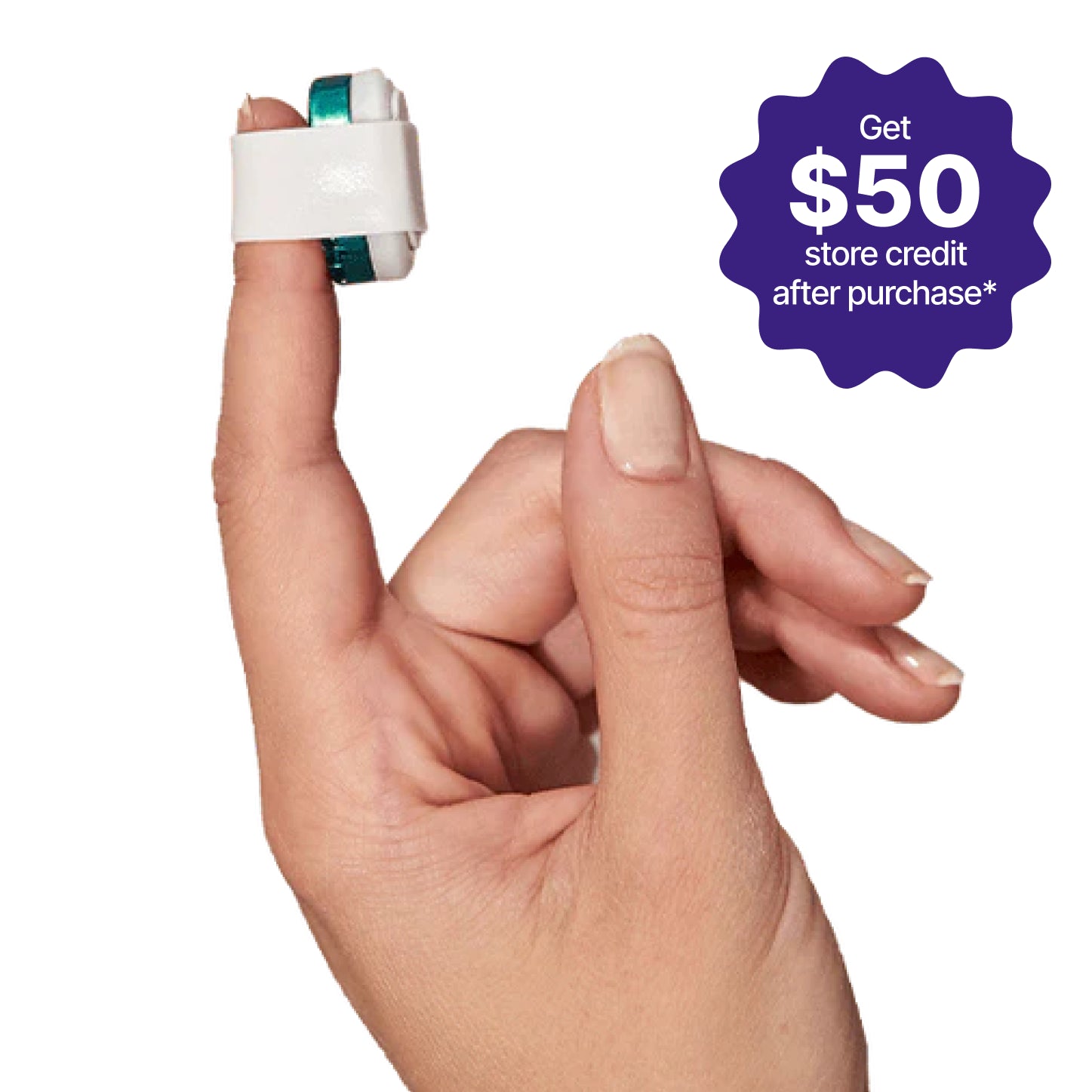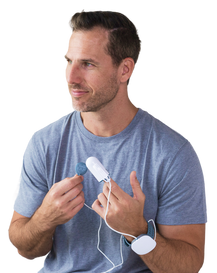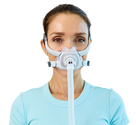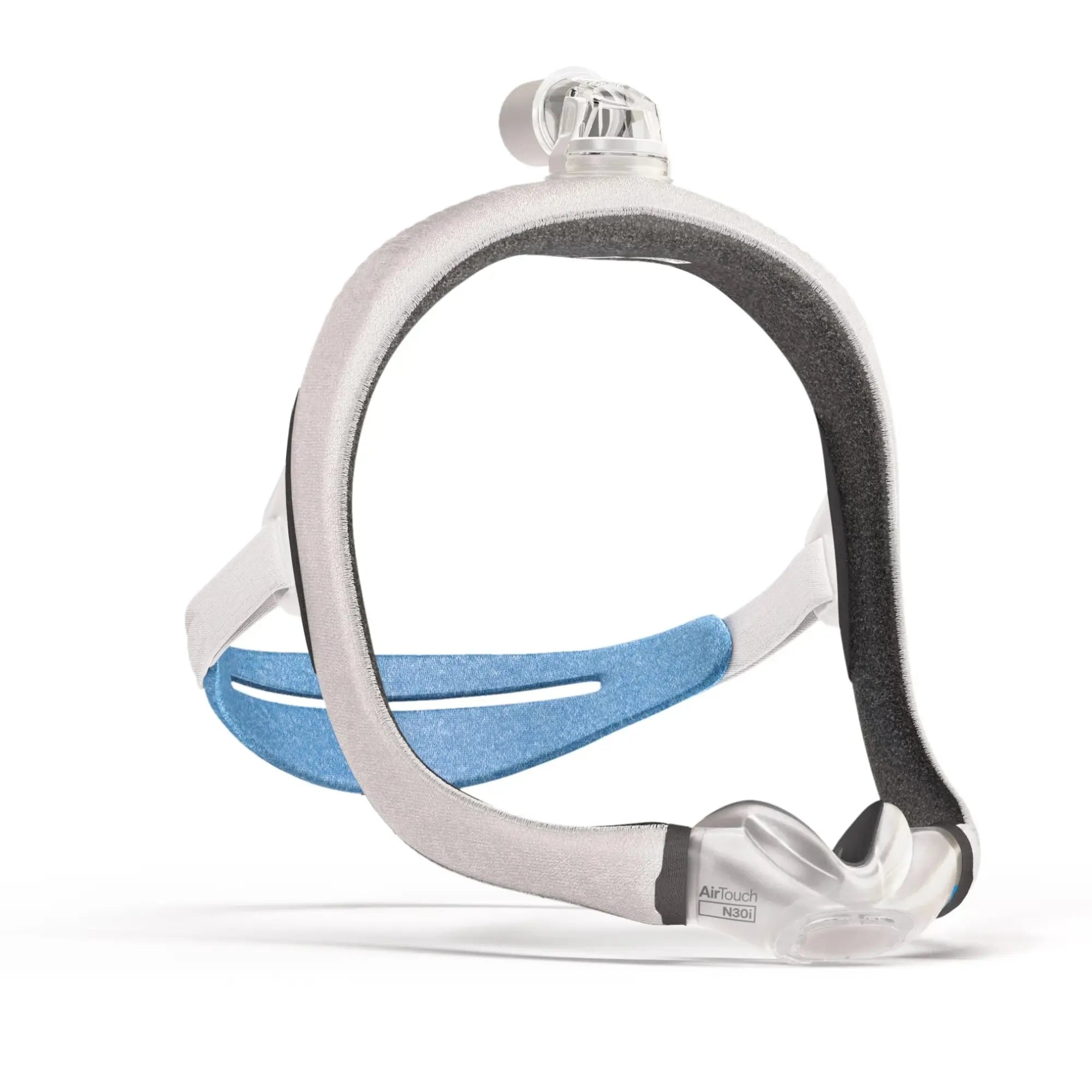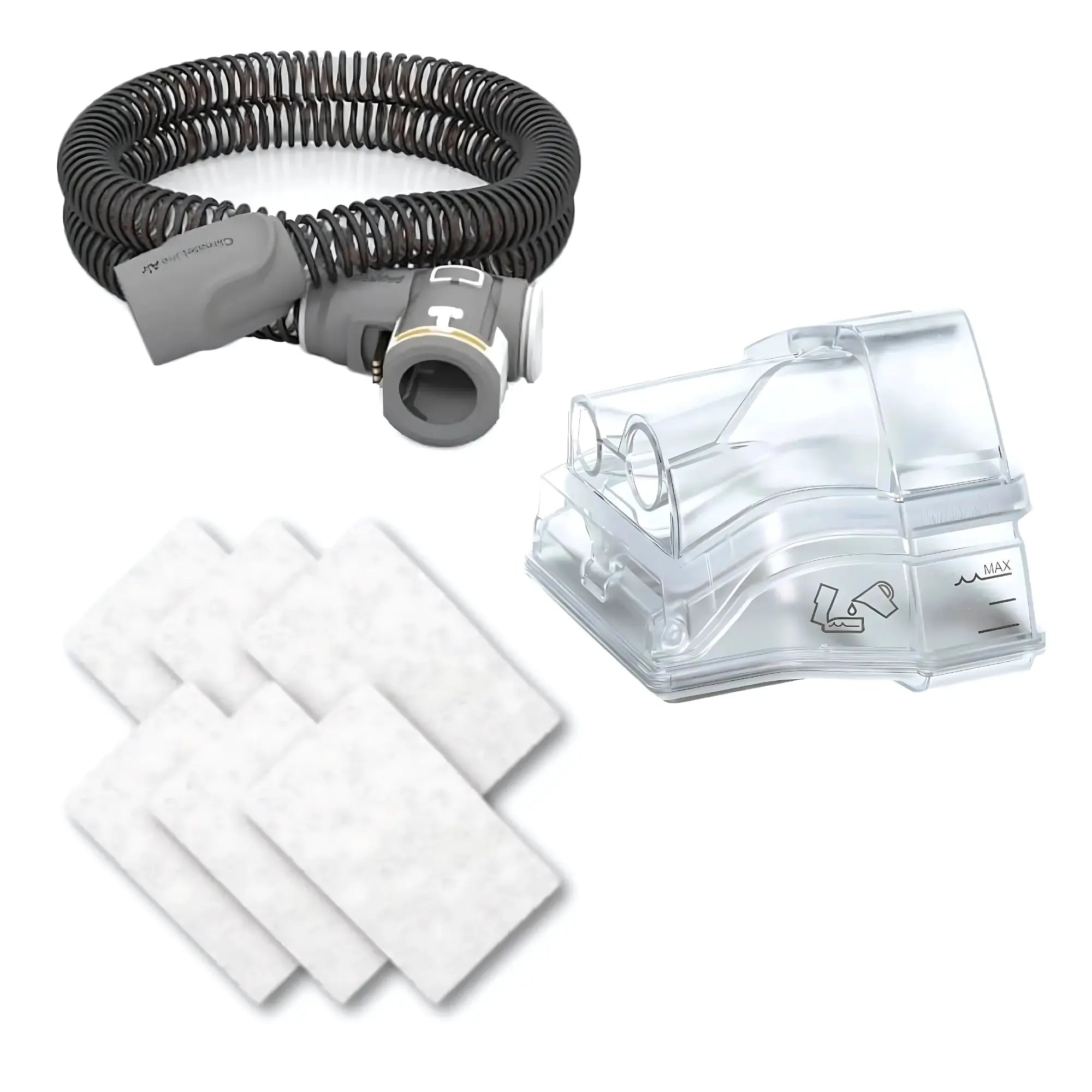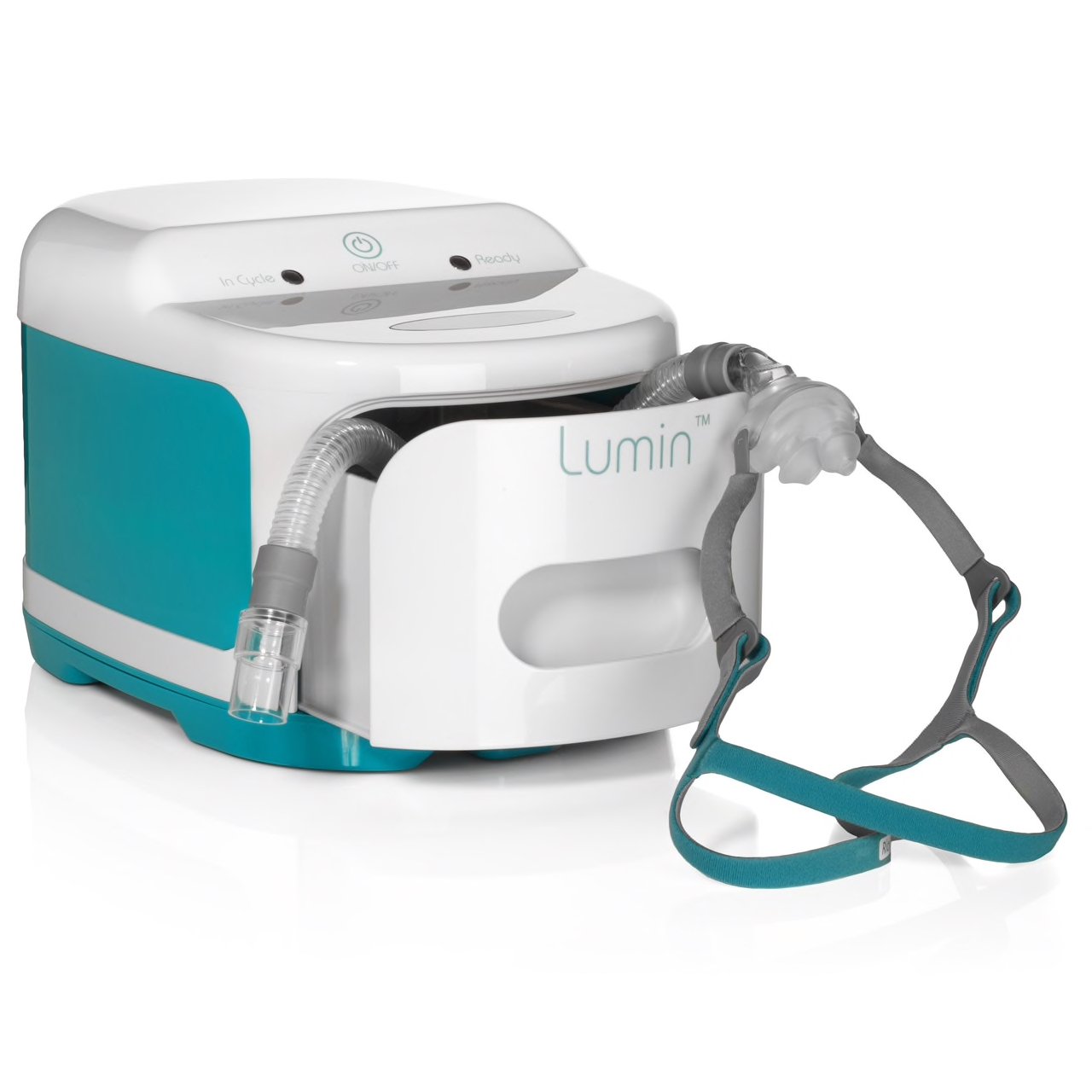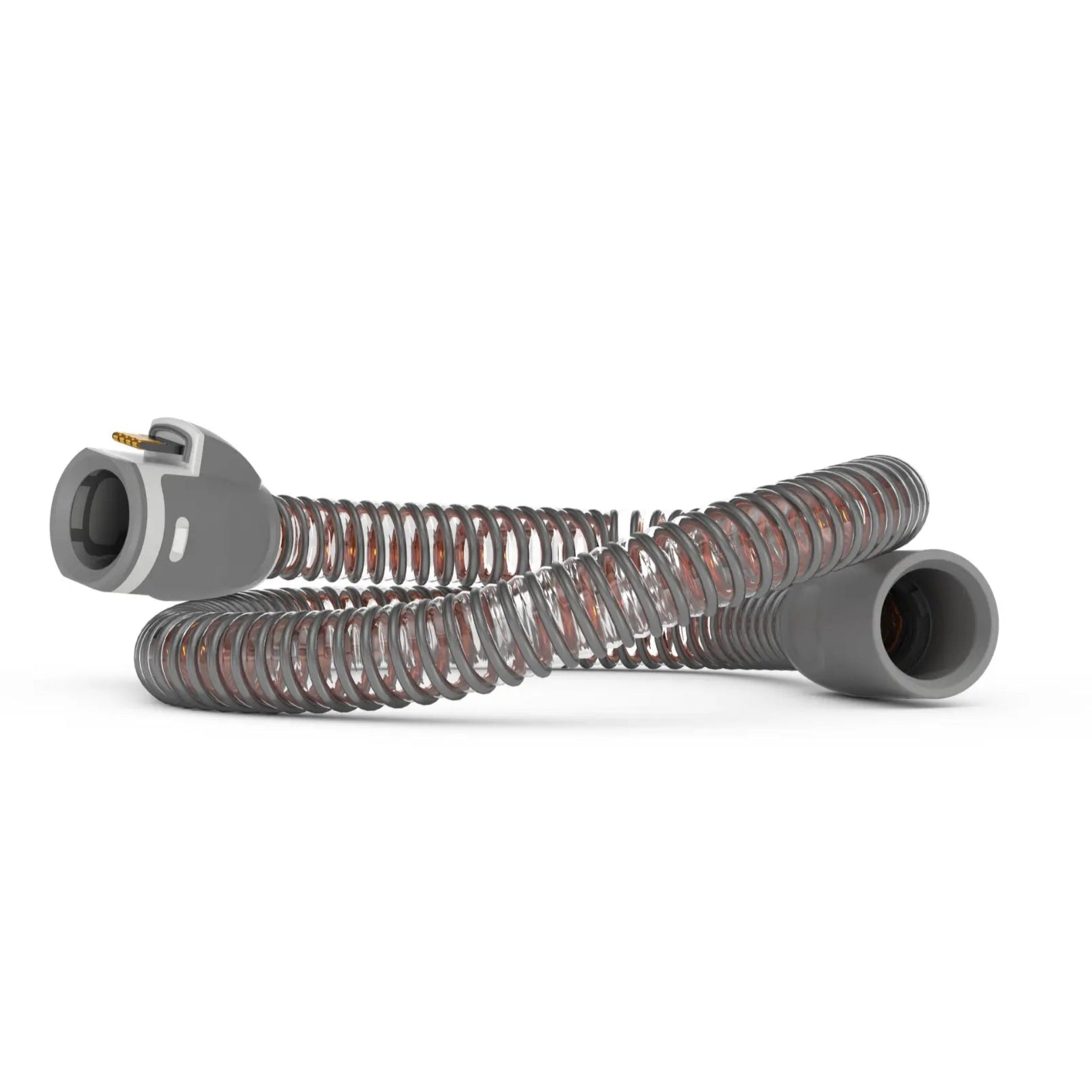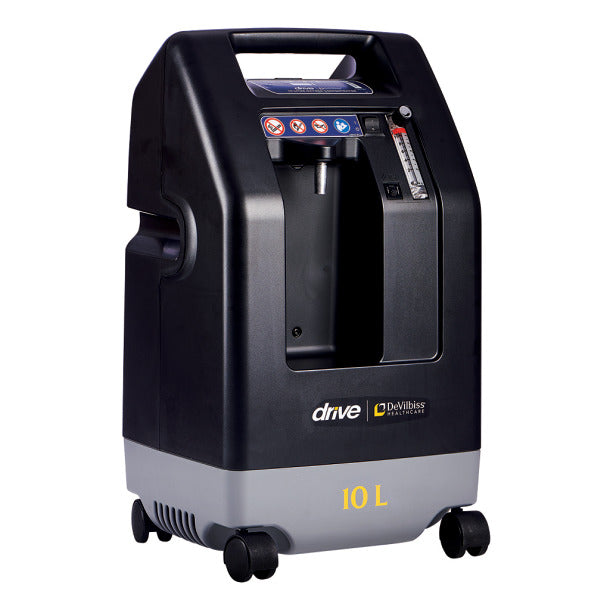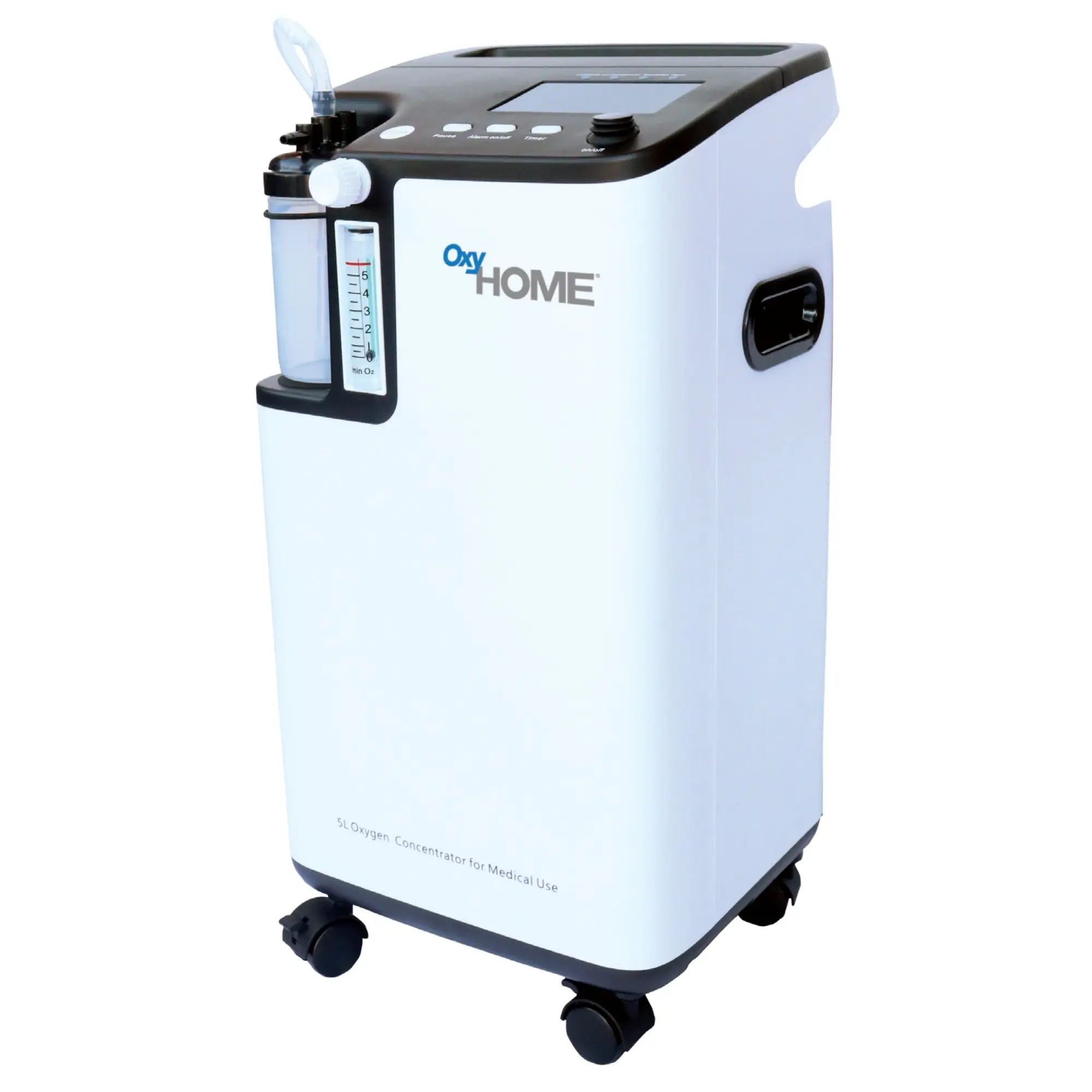Obstructive sleep apnea (OSA) poses a serious threat, causing periodic breathing cessations during the night. Left untreated, it can escalate into a life-threatening condition, resulting in increased cardiovascular risk, extreme fatigue, anxiety, depression, and daytime sleepiness—ultimately diminishing overall life quality.
The conventional treatment for OSA is continuous positive airway pressure (CPAP) therapy, yet many individuals find CPAP devices noisy, uncomfortable for overnight wear, and limiting. Recognizing the challenges posed by CPAP treatment and the repercussions of untreated sleep apnea, an alternative is emerging: the development of Micro CPAP technology.
But how exactly do these miniature versions of CPAP work? And are they as effective? Continue reading to uncover everything you need to know about Micro CPAP devices.
What Is a Micro CPAP Device?
Micro CPAP devices are revolutionary tools designed to transform sleep apnea treatment. Compact and lightweight, they offer a comfortable alternative. Unlike traditional CPAPs, these devices are smaller and portable, eliminating bulky hoses and masks. Their discreet design and ease of transport make them an attractive choice.
Micro CPAP devices have not received approval from the Food and Drug Administration (FDA) and aren’t currently accessible for purchase. Clinical trials and research studies are still necessary to determine the safety and efficacy of these devices as a legitimate treatment option for obstructive sleep apnea. For this reason, it is still advisable to also have a traditional CPAP machine.
But if you're looking for a quality device that includes the portability and convenient minimalist design of a micro-CPAP, the Transcend Micro Auto Travel CPAP Machine is a great choice. Furthermore, there is a traditional CPAP machine that’s small and offers sleep therapy solutions for OSA patients regardless of lifestyle, travel plans, or sleep location.
The Transcend Micro Auto Travel CPAP Machine is the smallest and lightest auto-CPAP machine available and was the first travel CPAP in the world powered with lightweight portable batteries. It also includes power accessories, including a solar battery charger.
Indeed, despite its name, the Transcend Micro Auto Travel CPAP Machine does not fit the conventional definition of a micro CPAP. It remains a compact CPAP machine, offering advanced features for sleep apnea treatment without the extremely small form factor associated with micro CPAPs.
Weighing in at less than half a pound and fitting comfortably in the palm of your hand, the Transcend Micro is loaded with quality comfort options such as:
- ● Auto-adjusting pressure
- ● An adjustable ramp
- ● Expiratory pressure relief
- ● Silent operation
- ● Optional extras like HME humidification.
It's also compatible with just about any CPAP mask and includes a portable battery, enabling use without an outlet and functioning as a power bank for on-the-go convenience. It's versatile for both travel and as a backup during power outages.
What Sets Micro CPAP Devices Apart From Traditional CPAP Machines?
Unlike micro CPAP machines, which are maskless, hoseless, cordless and don’t use an external power source, CPAP devices deliver air pressure via hoses attached to a nasal or full-face mask and the machine.
A traditional CPAP device consists of several components:
- ● A tabletop unit that plugs into an electrical outlet and generates continuous air pressure.
- ● A mask that fits over the sleeper’s face and delivers pressurized air to the airways.
- ● A hose that connects the mask to the tabletop machine.
- ● Straps that secure the mask to the sleeper’s face.
- ● An air filter.
This traditional system involves connecting all the components, adjusting the mask, turning on the device, and finding a comfortable sleep position. Additionally, traditional CPAP machines require regular maintenance, such as cleaning the hose and mask and changing the interior air filter intermittently.
In contrast, the developing design of the micro CPAP features silicone nasal pads placed inside the nostrils.
The device's body rests just below the nose and contains inhalation and exhalation vents, along with electronic components intended to generate positive pressure in the airways, making them a more lightweight option. Besides, the device contains a small battery with eight hours of life, meaning it wouldn’t require an external power source.
How Does a Micro CPAP Machine Work?
The objective of micro CPAP devices is to limit the need for larger machines with bulky masks and hoses and their resultant discomfort. Therefore, they would address many primary complaints from individuals who sleep with a standard CPAP every night.
In order to achieve this, these machines would operate with interior components called microblowers. The airflow would travel from end to end of each microblower, which would open and close to create pressurized air, treating sleep apnea by establishing positive airway pressure.
A Micro CPAP machine functions through a continuous delivery of pressurized air, preventing airway collapse during sleep. Utilizing a small motor and a miniaturized airflow generator, the compact device ensures the necessary pressure.
Users wear a discreet nasal interface or nasal pillow connected to the device, directing airflow to the nostrils. This constant pressure effectively mitigates the risk of airway collapse, reducing or eliminating sleep apnea events for improved sleep quality.

Do Micro CPAP Machines Work as a Treatment for OSA?
To ensure the safety of the patients and CPAP users, the FDA conducts rigorous testing for new medical devices. Micro CPAP devices are not currently approved by the FDA as a treatment for sleep apnea, and there’s still a lack of clinical evidence to support them as a legitimate option.
As the micro CPAP technology is still in the development stage, it's challenging to ascertain whether it will be approved as an effective treatment for obstructive sleep apnea.
Taking into account the currently available information, several features of micro CPAP devices appear to be lacking in comparison to traditional CPAP machines. For example, Micro CPAP devices, though compact and travel-friendly, may lack the advanced customization options and sophisticated pressure adjustments that are often present in traditional CPAP machines.
Knowing that the main goal of micro CPAP devices is to increase comfort in OSA patients, some claimed benefits arise from this technology, including reduced noise since it is not attached to a machine and does not require a mask; decreased snoring and fewer sleep disruptions contribute to enhanced health, offering users comfortable and health-focused solutions in a compact size
However, the prototype is still in development.
Transcend Micro Auto Travel CPAP Machine Reviews
Although motorless and hoseless CPAP technology is not yet available, the market offers several FDA-approved travel-size CPAP machines for treating sleep apnea. One notable option is the Transcend Micro Auto Travel CPAP machine.
The Somnetics Transcend Micro is undoubtedly the tiniest and most compact CPAP device on the market. Despite its small size, it contains all the features, design standards, and performance levels of a larger device.
Traditional CPAP machines are intended for nightly use, with minimal compliance defined as at least four hours per night for a minimum of five nights per week.
It’s important to consider the technology currently available and how it works. The Transcend Micro CPAP features the GentleRise technology to help patients fall asleep more comfortably by delivering lower pressure when they turn on the device and go to bed, gradually increasing pressure until the desired level is reached.
There are other options for small-size CPAPs, such as the ResMed AirMini AutoSet Travel CPAP Machine and the Z2 Travel CPAP Machine.

Why CPAP Is a More Effective Sleep Apnea Treatment
While micro CPAP technology is yet to be scientifically tested and proven, traditional sleep apnea therapy with CPAP has a successful performance rate of nearly 100% for treating obstructive sleep apnea and is one of the first-line non-invasive treatments for this sleep disorder.
Assuming the technology for producing miniaturized CPAP machines exists, professionals still recommend using a standard CPAP device. Here are some reasons why:
-
●Pressure Settings: It is unclear if micro CPAPs can deliver the required pressure setting according to the pressure control. Normally, the medical prescription for CPAP therapy includes a specific pressure setting for each patient. Normal CPAP machines have settings ranging from 4 to 20 cm H20. The company developing the technology claims that it will be capable of reaching more than 20 cm H20. However, the last technical update from the company, released in February 2020, showed that the microblowers were delivering air pressure at around 5 cm H2O—far below the level needed to bring the product to market.
- ●Humidity Control: Many patients experience side effects from CPAP therapy, such as dry nasal passages and dry mouth. For this reason, some machines include built-in humidifiers that add moisture to the pressurized air—and for those that don’t, it’s possible to buy humidifiers as external attachments.
The design of the micro CPAP doesn’t include a humidifier. However, according to the manufacturers, this feature won’t be needed.
- ●Device Lifespan: The micro CPAP prototype has a battery-powered dispositive that requires daily replacement. Although the company developing this technology has suggested that it could implement a recycling program similar to printer ink cartridges, they have not detailed how this would be accomplished.
Continuous positive airway pressure (CPAP) therapy is still the gold standard non-invasive treatment for patients with obstructive sleep apnea. Having a successful performance rate but also many limiting features for some users, some companies have developed new technologies to increase comfort in the treatment, such as the Transcend Micro CPAP, which is the tiniest and most advanced CPAP travel device at the moment.
Micro CPAP technology, with time, could become the future of OSA treatment. However, right now, there’s no clinical evidence to support it, and there are still a lot of unanswered questions about its performance.
Even though there are claims about major improvements, we'll have to wait for the clinical trials to prove that this type of machine can be an effective CPAP therapy alternative.
Explore the potential of Micro CPAP technology for a refreshing approach to restful nights. Alternatively, evaluate the best CPAP machines to find the one that suits your needs.
Elevate your sleep experience—seek guidance from your healthcare provider to make an informed decision for a night of tranquility. Embrace the journey to improved sleep with Sleeplay.



